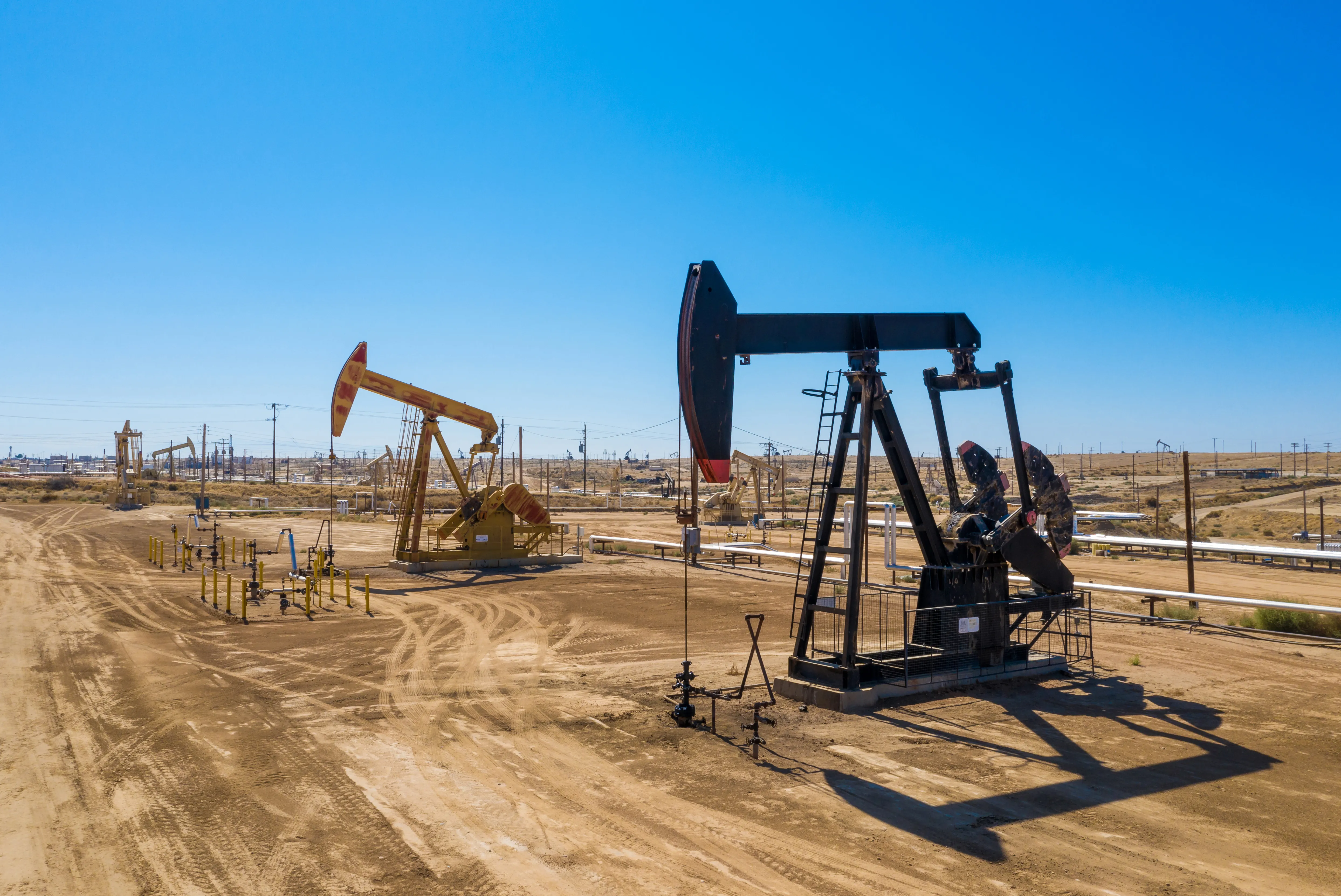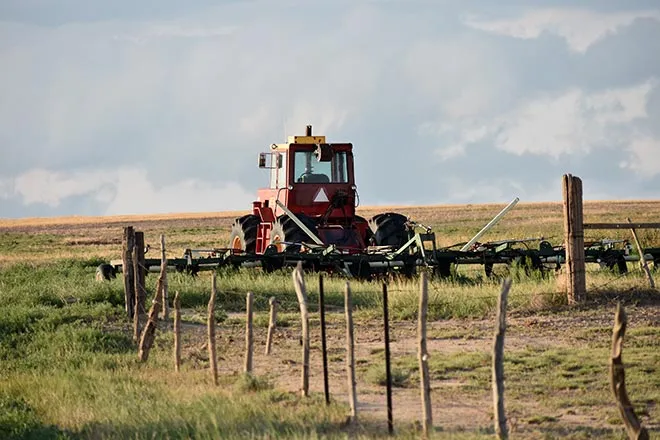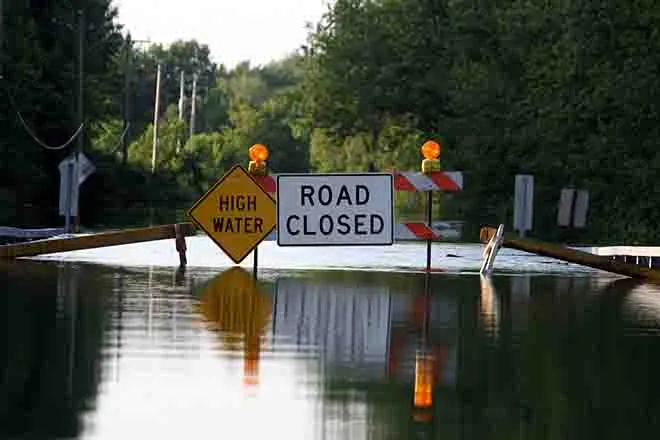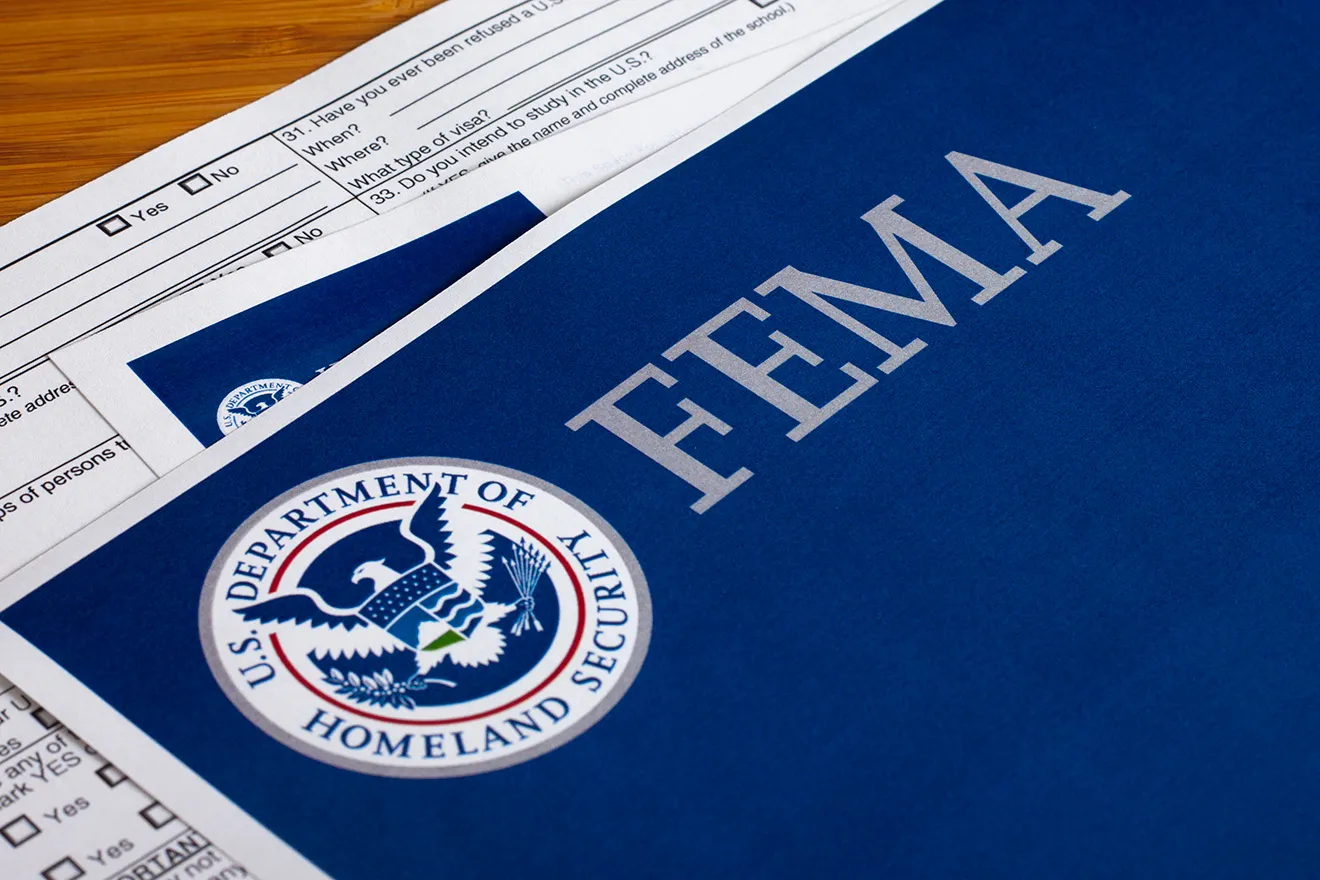
Battle heats up over Iowa solar project sites
(Iowa News Service) Supervisors in Tama County, Iowa, this week are considering an ordinance to limit the size of solar installations on farmland, to generate no more than 25 megawatts of electricity.
Most utilities estimate it takes five to six acres of land to yield one megawatt. It is the latest step in the ongoing push-and-pull between farmers and alternative energy advocates.
Katie Rock, Iowa Beyond Coal campaign representative for the Sierra Club, said while Iowa's farmland remains valuable for crop production, it is becoming equally desirable for energy production.
"Iowa farms have already learned how to balance wind turbines and row crops," Rock contended. "There is more research happening to discover new ways solar panels and agriculture can coexist through the use of what's called agrivoltaics."
Agrivoltaics combines traditional farming with alternative energy production simultaneously.
Some farmers grow more sensitive, high-dollar crops in the shadows created by solar panels, for example, so the land under the panels remains profitable. Other entrepreneurs are even raising honey bees, which become natural pollinators for the row crops in other parts of their fields while creating natural honey for the marketplace.
The Tama County Board of Supervisors is scheduled to hear public testimony this week.
While there is some cooperation between farmers and alternative energy supporters, farmers clearly have the upper hand when it comes to solar siting. Many counties have proposed using a statistic called the Corn Suitability Ratio to determine where solar installations can go. If a farmer's land scores high on the ratio's zero-to-100 scale, meaning the soil is well suited for crops, solar is not permitted.
Rock is hopeful attitudes and rules will change as the demand for solar energy grows.
"Solar is still something that's fairly new, especially utility-scale solar," Rock pointed out. "And you know Iowa, we take pride in our prime farm ground, we want to protect that, but we've got to take the time to figure it out. "
Some people who are opposed to expanding solar installations on farmland have suggested building the facilities within city limits instead.
















